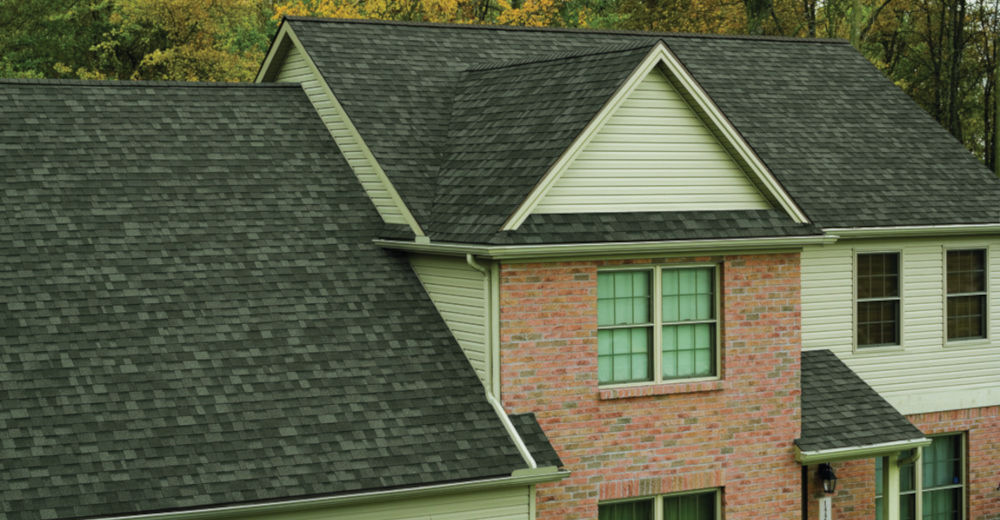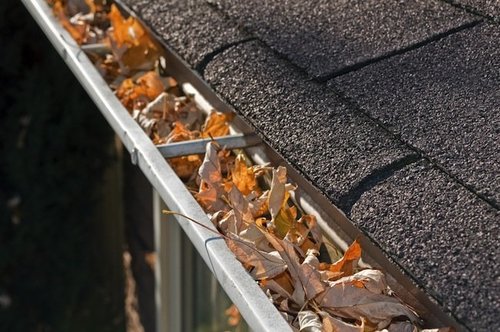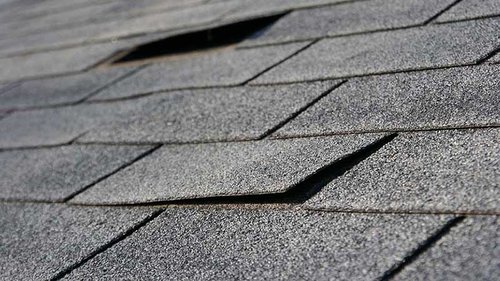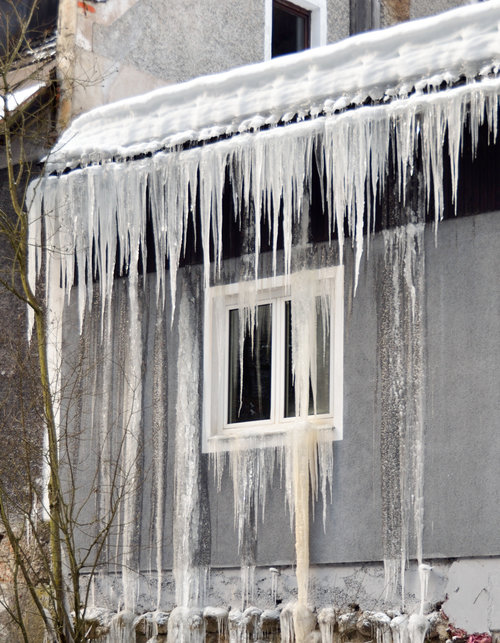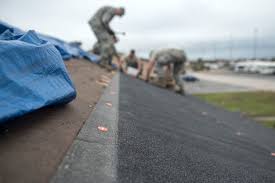Roof Repair or Replace?
Knowing when to replace your roof can sometimes be a conundrum. Should your roof be replaced after a certain amount of time? Or do you wait until there is a leak that comes through your ceiling? And if your roof is leaking can a repair suffice, or does it need to be replaced?
According to the National Roofing Contractors Association, homeowners should check and inspect their roof twice a year – once in the spring and once in the fall. Do a visual check from the outside – remove debris from the rooftop, drains, gutters and downspouts, as routine maintenance can extend the life of your roof. Check the flashing around chimneys, vents and skylights to ensure there are no cracks or breaks which can lead to leaks.
Go into your attic and check your roof from the inside. Check the sheathing and beams for stains or leaks which are signs of a leaky roof. Check to see if beams of light are coming through the rooftop – a sign that shingles may be missing and the wood has rotted through.
When it comes to repairing your roof versus replacing your roof, it depends on several factors, including the type of damage and what percentage of the total roof surface is in need of repair.
In some cases, replacing a few shingles is all you need to restore the function of your roof. Asphalt shingles are designed to last for decades. Before you decide to replace shingles, however, it’s important to have a professional inspect your roof to determine if any of the underlayment or decking is damaged. There’s a big difference between a few missing shingles lost during heavy winds and a leak that extends through the various layers of your roof.
Need a roof repaired or replaced?
Contact B&B Siding today for a quote.
You pay tomorrow what we quote you today—no surprises.
If the damage is extensive, it’s usually a better idea to replace the entire roof. If your roof is missing a few shingles, don’t wait to call a professional. The shingles are there to protect your roof’s decking from moisture and wind. Even a small exposed area can allow water to seep into the underlayment and into the deck, where it can cause rot and eventually leak.
Most local building codes allow homes to have up to two layers of shingles, so it’s definitely possible to shingle over an existing roof. After two layers of shingles, however, you risk putting too much weight on the structure of the home. For this reason, the majority of building codes don’t permit a home to have more than two layers of roofing materials.
So how do you know when it’s time to replace your roof. The answer depends on a variety of factors.
First, try to find the records of the last time the roof was replaced or re-shingled. Most asphalt shingled roofs last about 20 to 25 years. In most cases this is the biggest factor, but there are others. If your roof is droopy or sagging, it should be replaced. It is a sign of trapped moisture or rotting boards.
